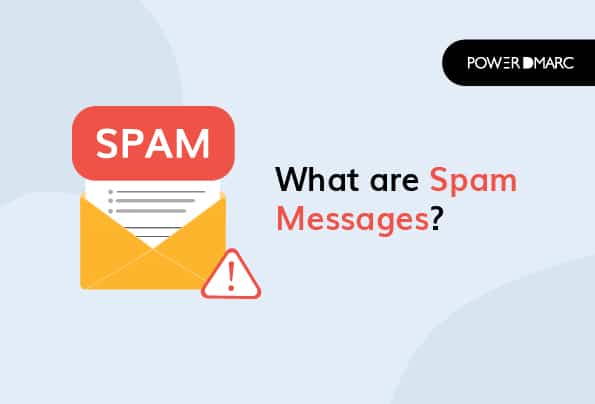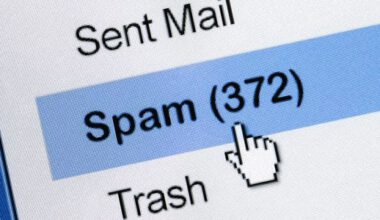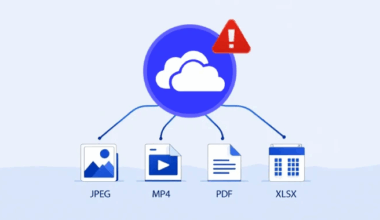How contents of the message itself can avoid triggering spam filters
Writing an email that doesn’t get flagged by spam filters requires careful attention to the contents of the message itself. In this article, we discuss several aspects of email content that can help avoid spam filters. We will focus on the key phrase “Content of the message itself” and how it can actively be used to increase the effectiveness of your emails.
Choosing the right subject line
The subject line is the first thing the recipient sees and plays a crucial role in determining whether an email is opened or marked as spam. Ensure that the subject line is relevant and specific to the content of the message itself. Avoid excessive capitalization, exclamation marks, and words like “free” or “win,” as these are often flagged by spam filters.
Personalized greeting and relevant content
Start your email with a personalized greeting, for example by using the recipient’s name if possible. This makes the email feel more personal and less like spam. The content of the message itself should be relevant and valuable to the recipient. Avoid lengthy, incoherent texts and make sure your message is clear and concise.
Avoid spam-trigger words and phrases in the contents of the message itself
Spam filters are programmed to detect certain words and phrases commonly found in spam emails. Avoid using words like “free,” “win,” “money back,” and “click here.” Instead, focus on the content of the message itself and use words that are relevant and specific to your topic.
Maintain a good text-to-image ratio in the contents of the message itself
Emails that consist mainly of images often trigger spam filters. Make sure your email strikes a good balance between text and visuals. The content of the message itself should remain clearly readable, even if images do not load. Use alt-text for images to ensure your message still comes across even when images are blocked.
Include a clear call-to-action
A clear call-to-action (CTA) is essential for the effectiveness of your email. The CTA should be relevant to the content of the message itself and encourage the recipient to take action. Use active language in your CTA, such as “Sign up now” or “Download the guide.” Avoid vague or passive phrases.
Check technical aspects related to the message content
Besides the content of the message itself, there are some technical aspects you should verify to prevent your email from being marked as spam. Ensure your email is sent from a reputable domain and that your SPF, DKIM, and DMARC records are correctly configured. This helps increase the credibility of your message.
Test and optimize your Emails
It’s important to test your emails before sending them. For example, use a spam test tool to check if your email might get caught by a spam filter. Then analyze the results and optimize the content of the message itself to increase the chances that your email reaches the recipient’s inbox.
Now for the practical side
For example, I’ve seen many frustrated posts online from people who feel Microsoft support isn’t solving the problem. What are the kinds of issues these people (myself included) are running into?
Conclusion
In conclusion, avoiding spam filters requires attention to both the content of the message itself and the technical aspects of email delivery. By providing relevant and valuable content, using active language, and avoiding spam-trigger words, you can increase the effectiveness of your emails. Don’t forget to test and optimize your messages to ensure they successfully reach the recipient’s inbox.
More information about sending mail from Exchange Online can be found here. More information about the author of this blog post is available here.






